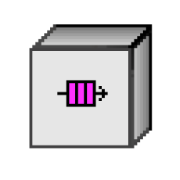-
Similar Content
-
- 31 replies
- 15,444 views
-
- 4 replies
- 6,515 views
-
Curiously effective debug technique for finding what VI generated particular value
By Aristos Queue,
- 0 replies
- 1,907 views
-
- 3 replies
- 5,142 views
-
How to Retail Wire Values for ENTIRE VI Hierarchy 1 2
By curiouspuya,
- block diagram
- retain wire values
- (and 1 more)
- 33 replies
- 13,940 views
-






Recommended Posts
Join the conversation
You can post now and register later. If you have an account, sign in now to post with your account.